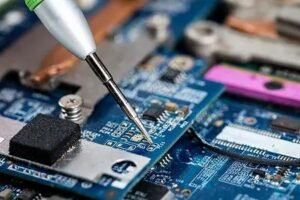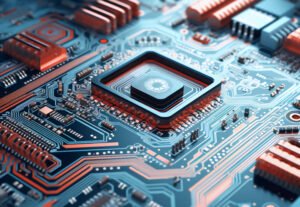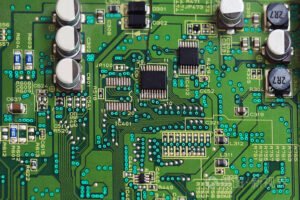In the field of electrical engineering, PCB relays play a critical role as essential components for circuit control and switching. This comprehensive article aims to provide an in-depth understanding of PCB relays, including their functions, operation, and significance within power systems.
We will begin by defining PCB relays and explaining their operational principles, highlighting how they facilitate switching control within circuits. Next, we will explore their integration onto circuit boards, focusing on key design considerations for relay circuit boards to ensure optimal performance and reliability.
Additionally, the article will place special emphasis on the vital role of power relays in electrical systems, analyzing their applications in protection, control, and automation. Through case studies, you will gain insights into the practical uses of PCB relays in the power industry and their impact on system reliability.
By the conclusion of this article, you will have a thorough understanding of PCB relays, recognizing their indispensable role in modern electrical engineering and how they continue to drive innovation and advancement in the power sector amidst evolving technologies.
Understanding PCB Relays: Key Components in Circuit Control
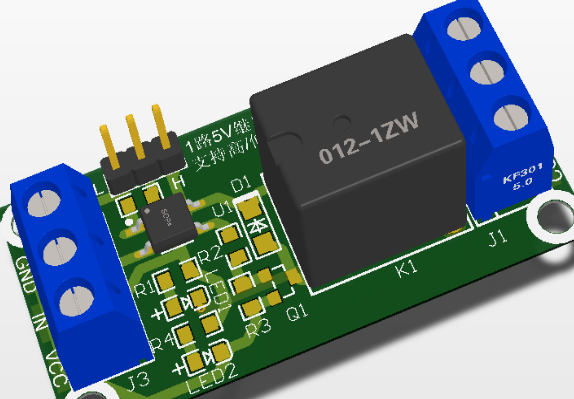
PCB relays, or printed circuit board relays, are crucial electronic devices that manage the flow of current within electrical circuits. Acting as switches, they can either open or close a circuit based on the presence or absence of a control signal. This functionality makes PCB relays essential in a myriad of applications, including telecommunications, automotive systems, industrial machinery, and power systems.
Designed specifically for direct mounting on printed circuit boards, PCB relays offer seamless integration into electronic systems. Their compact size and efficient design allow for a high density of components on a single board, optimizing space without compromising functionality.
PCB relays are characterized by their ability to control high voltage and high current loads using low power control signals. This feature is particularly valuable in automating control processes, enhancing safety by isolating sensitive control circuits from high-power systems.
Furthermore, advancements in PCB relay technology have led to improved reliability and performance. Features such as electromagnetic interference (EMI) suppression, faster switching times, and enhanced durability under extreme conditions are becoming standard in modern designs.
In summary, PCB relays are not just passive components; they are integral to the operation of sophisticated electronic systems, enabling precise control and enhancing the overall efficiency of various applications. Their role in modern engineering cannot be overstated, making them indispensable in both consumer and industrial technologies.
How Do PCB Relays Operate? An In-Depth Look at Their Mechanisms
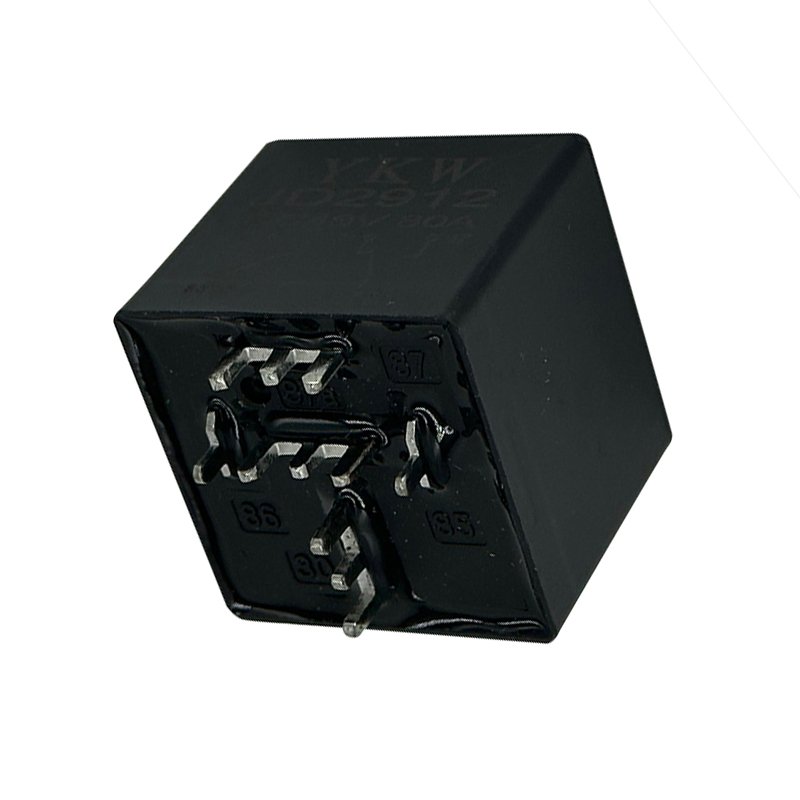
To understand the operation of PCB relays, it is essential to delve into their internal mechanisms. A typical relay consists of an electromagnetic coil, a set of contacts, and mechanical components that work in harmony to control electrical circuits.
When an electric current flows through the coil, it generates a magnetic field that exerts force on the relay’s movable armature. This magnetic force can either attract or repel the contacts, resulting in the opening or closing of the circuit. The precise movement of the armature is a key aspect of the relay’s operation, enabling it to switch circuits on or off based on the control signal applied to the coil.
The mechanical components of the relay, including springs and levers, play a crucial role in ensuring reliable operation. These components provide the necessary tension and return force, allowing the relay to reset after activation. This electromechanical process not only facilitates the control of high-power circuits with low-power signals but also enhances the safety and longevity of electronic systems by isolating the control circuit from the load.
In addition to traditional electromagnetic relays, advancements in technology have introduced solid-state relays (SSRs) that operate without moving parts. SSRs utilize semiconductor components to perform similar switching functions, offering advantages such as faster response times, greater durability, and reduced electromagnetic interference.
Overall, the operation of PCB relays is a sophisticated interplay of electromagnetic forces and mechanical movements, enabling them to function as reliable switches in a wide range of applications across various industries. Understanding these principles is crucial for engineers and technicians working with electronic systems, ensuring effective integration and operation of relays in their designs.
Integrating PCB Relays into Circuit Boards: Key Considerations and Benefits
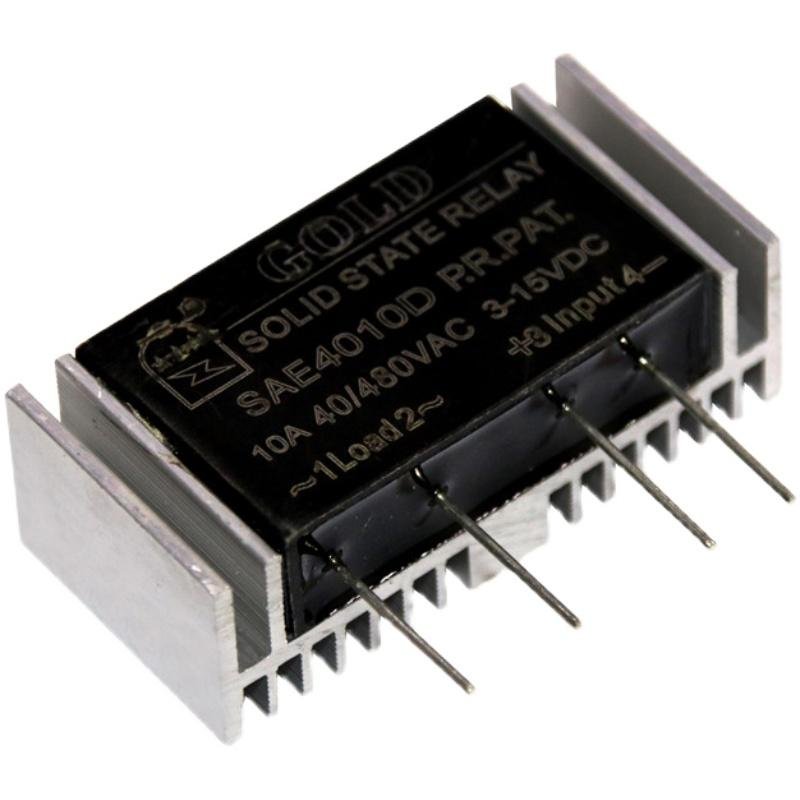
The integration of PCB relays into circuit boards is a critical aspect of their design and application. These relays are specifically engineered for direct mounting on printed circuit boards (PCBs), eliminating the need for additional wiring and connectors. This streamlined approach not only simplifies the assembly process but also enhances the overall efficiency of the electronic system.
To ensure optimal performance, proper soldering techniques and effective PCB layout strategies are essential. High-quality solder joints provide secure connections, which are vital for maintaining signal integrity and minimizing potential distortions. An effective layout design also facilitates efficient signal routing, reducing the length of connections and thereby lowering resistance and inductance.
Moreover, the integration of PCB relays contributes to the compactness of electronic devices. By eliminating extraneous components and connections, manufacturers can design smaller, more lightweight products without compromising functionality. This compactness is especially advantageous in applications where space is limited, such as in automotive systems or portable electronics.
The reliability of electronic systems is further enhanced through this integration. PCB relays are less susceptible to damage from environmental factors such as vibration and moisture, thanks to their secure mounting. This robustness leads to improved longevity and reduced maintenance requirements, making them an ideal choice for mission-critical applications in industrial and power systems.
In conclusion, the integration of PCB relays into circuit boards not only optimizes the design and functionality of electronic systems but also contributes to their reliability and ease of maintenance. Understanding these integration principles is vital for engineers and designers seeking to create efficient, high-performance electronic devices.
Designing Relay Circuit Boards: Key Considerations for Optimal Performance and Reliability

- Insulation and Material Selection
- Insulation Materials: Use epoxy resins and polyimides for high dielectric strength and thermal stability.
- Contact Materials: Choose materials like silver alloy for excellent conductivity and thermal management.
- Contact Ratings and Response Times
- Contact Ratings: Ensure ratings meet maximum voltage and current requirements to prevent failures.
- Response Times: Optimize response times, especially in safety-critical applications, to protect equipment.
- Layout and Spacing Techniques
- Proper Layout: Implement efficient layouts to enhance signal integrity and component accessibility.
- Spacing Standards: Maintain adequate creepage and clearance distances to minimize electrical faults.
- Coordination with Protective Devices
- Incorporation of Protection: Include fuses and circuit breakers to enhance system reliability.
- Coordination Analysis: Assess circuit characteristics to ensure appropriate responses to faults.
- Testing and Validation
- Operational Simulations: Conduct thorough testing to evaluate performance under various conditions.
- Regular Testing: Identify potential issues early to enhance durability and functionality.
By focusing on these key considerations, engineers can design reliable, high-performance relay circuit boards suitable for modern electrical systems.
The Comprehensive Design of Relays in Power Systems

Relay design in power systems goes beyond the basic functionalities found in standard relays, addressing the unique challenges posed by high-voltage environments. Specifically engineered for power transmission and distribution, power relays serve critical roles in protection, control, and monitoring within electrical networks.
These relays are designed to detect faults, isolating problematic sections to prevent widespread outages and potential damage. Their control functions enable the efficient management of electrical loads, while continuous monitoring ensures any irregularities are swiftly addressed.
When designing power relays, several key factors must be considered. Sensitivity to fault detection is crucial, allowing for precise identification of issues without unnecessary tripping. Coordination with other protective devices, such as circuit breakers, is essential for a unified response to faults. Additionally, the response time of relays must be rapid to mitigate damage during fault conditions.
Reliability is paramount; thus, power relays must withstand operational stresses and function effectively under harsh environmental conditions, including extreme temperatures and humidity. Ultimately, the goal of designing relays for power systems is to ensure the safety, stability, and efficiency of the entire electrical network, achieved through rigorous testing and validation to confirm their performance under various scenarios.
The Crucial Role of Power Relays in Electrical Systems

Power relays serve an indispensable function within electrical systems, acting as the first line of defense against potential failures. Their primary role is to provide fault protection, facilitating control functions and ensuring efficient power distribution across the network. By monitoring conditions such as overcurrent, overvoltage, and other anomalies, power relays help safeguard the integrity of the electrical system.
These relays are integral components of comprehensive protection schemes, working in concert with various protective devices including circuit breakers, fuses, and monitoring systems. The collaboration between power relays and these devices enhances the overall resilience of the electrical infrastructure. For instance, in the event of a fault, a power relay can detect the issue and initiate the necessary isolation procedures, effectively disconnecting the affected section to prevent cascading failures that could lead to widespread disruptions.
Furthermore, the precision and promptness of power relays in executing their functions are critical. Their ability to react swiftly to abnormal conditions ensures that faults are addressed before they escalate, minimizing potential damage to both equipment and the electrical grid. This timely response not only protects physical assets but also maintains the stability and reliability of power supply for end users.
In summary, the importance of power relays in electrical systems cannot be overstated. They are essential for maintaining operational safety, enhancing efficiency, and preventing large-scale outages, thereby playing a pivotal role in the reliability of modern power distribution networks.
Understanding PCB Relay Kits: Components and Benefits
A PCB relay kit refers to a comprehensive package that includes all the essential components and materials needed to assemble functional PCB relays. These kits typically contain a specially designed printed circuit board (PCB) for the relay, the relay itself, and any additional electronic components required for operation, such as resistors, capacitors, and diodes.
By utilizing PCB relay kits, individuals can gain practical experience in circuit assembly while deepening their understanding of relay functionalities. These kits serve as an educational tool, allowing users to explore various design options and applications of relays in different electronic systems. They are particularly beneficial for electronics enthusiasts, students, and hobbyists looking to enhance their skills in a hands-on environment.
Moreover, PCB relay kits are widely available through various electronic product suppliers, hobbyist stores, and online marketplaces. They come in diverse configurations, offering a range of functionalities and capabilities tailored to meet different project requirements. When selecting a kit, it is crucial to consider factors such as your skill level, desired features, and specific objectives you aim to achieve with the PCB relay circuit.
The benefits of using PCB relay kits extend beyond education. They offer a cost-effective solution for prototyping and experimentation, enabling users to efficiently test different circuit designs before committing to a final product. Additionally, these kits often include comprehensive instructions and schematics, guiding users through the assembly process and facilitating a smoother learning curve.
In summary, PCB relay kits provide an invaluable resource for anyone interested in electronics. They combine hands-on learning with practical application, allowing users to not only build functional relay circuits but also to foster a deeper appreciation for the intricacies of electronic design and operation.
Conclusion: The Integral Role of PCB Relays in Electrical Engineering
PCB relays are essential components in the field of electrical engineering, playing a crucial role in power systems and a myriad of other applications. Understanding their operation, integration with circuit boards, relay circuit board design, and significance in power systems is vital for engineers and technicians in the energy sector. By leveraging the functionalities of PCB relays, power systems can achieve optimal performance, reliability, and safety.
As technology continues to evolve, the role of PCB relays within power systems remains critically important. They adapt to meet the ever-changing demands and requirements of the electrical industry. The integration of advanced materials, enhanced design methodologies, and improved operational efficiencies ensures that PCB relays will continue to be at the forefront of innovation in electrical engineering.
Furthermore, the ongoing development of smart grid technologies and renewable energy systems will likely amplify the demand for sophisticated relay solutions. PCB relays will serve not only as protective and control devices but also as pivotal elements in enhancing system automation and resilience.
In summary, the importance of PCB relays extends far beyond their basic functionality. They are integral to the advancement of electrical engineering and the effective management of power systems, ensuring that the industry can meet the challenges of tomorrow with confidence and capability.

